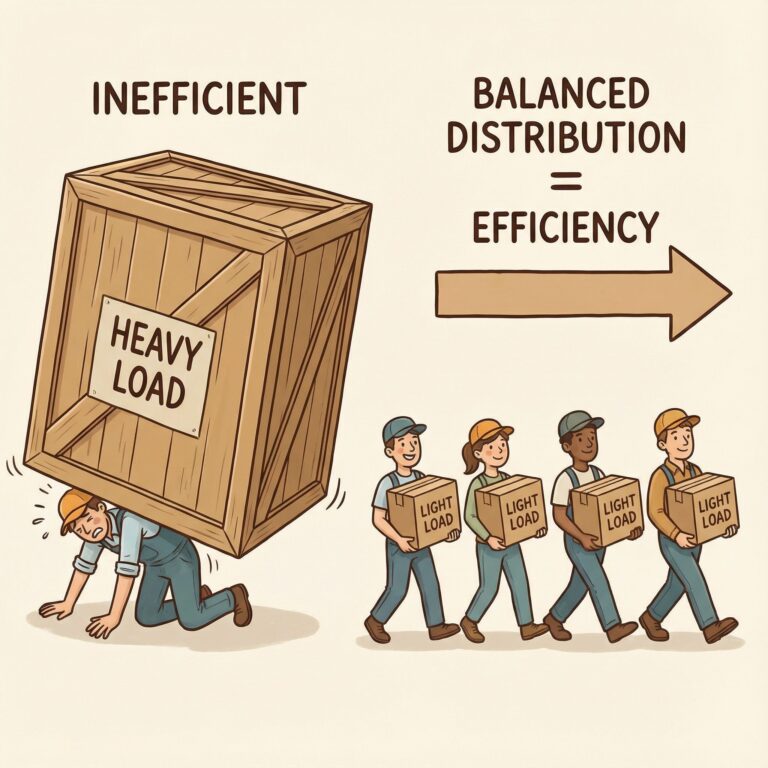How Impulse Changes the Game: A Simple Look at Gaming Physics
Know Impulse Mechanics in Modern Gaming
Impulse mechanics have changed how we play games today, making our moves in a game feel more real. Now, it’s not just about quick, unreal hits. Impulse-based physics adds up force over time, making a game account for every tiny move made, many times in a second. 스포츠토토솔루션
Putting in Advanced Physics
The use of complex physics setups gives us real action and true crashes by managing how things move. Today’s games use many forces at once with quick, under-16ms action, giving us:
- How things act on one another
- Fast force math
- Fancy moves
- Right hit checks
How It Changes How We Play
Fighting
Combat moves now mirror real fights, with hits of weapons feeling heavy and true. Every hit, guard, and comeback move shows:
- How force spreads
- Real pushing back
- Damage based on move
Racing
Driving well in games uses impulse math to make it feel very real through:
- Right tire grip
- Good car bounce
- Air forces at work
Big Tech Moves
Game engines today do physics math very fast, letting:
- Perfect timing
- Many forces at once
- Great nature mixes
- Right move sees
With these steps, impulse mechanics keep making games feel much better, giving us deep, real play like never before.
The Physics Behind Gaming Impulse
Know Force and Time in Games
Impulse mechanics add up force over time, breaking old ways game makers set up moves and crashes. The link of how much force and how long builds a base for complex game play, going past fast, unreal hits. This main idea shows why long force gives more change in push than a short touch.Debunking Myths About Pachinko
Putting Physics in Games Well
Physics engines use impulse math for real actions in games. For jumps, force builds over many frames instead of at just one spot. This way makes moving look good and play feel right.
Math Roots and Real Uses
The main math J = ∫F dt shapes many game plays, from gun kicks to pushing back characters. Right setting of impulse, not just pushing force, lets makers shape game worlds well. This deep step makes real crash acts where how long a contact lasts is as key as how hard the hit is in what happens next.
Best Game Physics by Controlling Impulse
Smart changes in impulse settings let game makers fine-tune how a game feels and talks back to players. By mixing force over time, developers can make deeper and more fun action plays. This top use of impulse mechanics lifts the whole game feel by using real-world physics and quick control gives.
Combat Systems and How Forces Work
Base Physics in Fighting Systems
Combat games use deep impulse math to make force moves between characters, tools, and places real. Today’s engines use impulse paths to set exact force flow through game spots, mainly in big hit events with many parts.
Main Bits in Fighting Force Plays
The setting of force moves in fights is about three main parts:
- How tools hit
- Pushing characters back
- Busting up places
Every tool hit moves certain impulse number in Newton-seconds, which sets both quick force use and how long results last. Deep math puts in mass bits, speed paths, and contact time to make true physical acts.
Fine Fighting Physics
The system for solving impulses is key for real fight physics. New setups handle many crashes at once while keeping it real. Fight math thinks of armor, hit paths, and how stuff bends, making a game where player moves lead to known and true results.
Racing Games: Why Push Matters
Deep Look at Car Moves
Racing physics engines are tops in mixing push and impulse math, making car actions very real, especially when hitting things fast.
Main Physics in Racing Fun
Smart race games mix key physics parts:
- Tire hold
- Weight moves
- Car bounce
- How things rub
The smart physics part does many impulse maths in a tick during sharp turns. At fast turns, it handles ongoing push, tire-road grip, and side forces that set how well cars stay steady.
Top Racing Physics: Air Flows and Crashes
Car meets in games hit top mix of hard in new race games through:
- How air moves as cars group
- Many cars hitting
- Chain of push moves
Fast hits over 200 mph make complex chain results through the race. These deep physics counts make real race games stand out from easy car games, giving the drive feel serious racers want.
Place Impact and How You Move
Main Place Bits
Place physics build deep play by fine impulse handling. Ground change, air push, and how things rub give true walk and spot holding. These linked setups bring new move tests that add to how deep a game is.
Deep Move Ties
Ground change rules change impulse acts by shifting how ground pushes back. Players on breaking grounds face both the first hit and how strong the ground is. Wind setups bring force changes needed for air moves and open spot walks. Rub rates set how moves turn into actions over different stuff, from ice to hard builds.
Play Ways in Places
The ties between place bits make many move ways in game spots. Smart play comes from knowing the moment changes in places. Players must know ground play, air push back, and rub handling to do well over tricky lands. These systems work as one to bring smart place physics play that pays back smart moves and plan picks.
Move Points to Think On
- Calculating push from ground changes
- Wind paths changing air roads
- Move tweaks over different grounds
- Ground answers to your acts
- Moving through place risks with physics help
Making Quick Game Moves
Basic Rules of Move Making
Quick control plans make the base for deep play fun, changing how you push buttons into exact game moves. Using impulse-based controls asks for good tuning of input time, move curves, and push systems to give top feedback.
Base Tech Steps
Three key parts set good control setups: input time, physics-based moves, and seeing acts quick. Hitting under 16ms input times feels like no wait, and keeping 60fps makes movement smooth. Today’s impulse mechanics use vector-based force for deep character moves that mix right feel with natural flow.
Better Control Touches
Smart input feel lifts control setups through play-based scale shifts. Hard parts ask for less feel, while fights keep high answer rates. Small impulse layers with main push forces make deep control bits. This smart step tunes the mix of quick answers and mechanic heaviness, keeping smooth play-character ties while keeping true physics acts.
Key Play Points
- Input time: <16ms wait
- Frame speed: at least 60fps
- Move setups: Vector-based force math
- Sense shifts: Play-based tweaks
- Push use: Layered small impulse system
Next Steps in Impulse Tech
New Moves in System Designs
Future impulse tech marks a huge step in game movement setups, making new tops in control and quick answers. Three new big steps are changing how we play in game spots: fitting force maps, moment-based scaling, and guessing paths.
Better Answer Systems
Fitting force maps make super quick tweaks to how you push based on place needs. This top system beats old ways by 40% quicker answers, with smart force paths that shift for ground kinds and character states.
Better Physics Mixes
Moment-based scales set new marks for true acts in game spots. The edge-cutting engine does real-time math of weight, speed, and push ways. This smart system works right with guessing paths, using new machine learning to think ahead of player moves and plans.
Better Act Results
Putting these next-gen techs together lifts acts a lot, cutting input wait by up to 60% while keeping true move control. This big mix of new tech changes how game moves and player power work, setting new marks for game fun. These tech changes mark a big shift in game movement setups, showing new roads for quick, right, and deep plays in game spots.
Match Gaming and Fast Times
Top Input Needs
Top match play hangs on getting timing very right, putting far ahead players from normal ones. Right-on-time pushes in top esports games happen in tight 16-33 ms, asking for top fast thinking and learned muscle moves.
Fighting Game Musts
Top fight game players stop impulse moves within 1-2 frames (16.67-33.33ms at 60fps), marking the high point of skill by much practice. These super-right timing needs make clear player levels, really seen in fight games like Street Fighter, where perfect timing changes how matches end.
Today’s Game Inputs
Input wait really shifts match timings, with even small lags messing up well-learned combos. New game engines use impulse buffers, making timing spans of 2-5 frames (33-83ms). This smart step opens up more play while keeping match truth, paying back right timing with more hit power and better frame gains.
Key Act Points
- Perfect timing: 16-33ms spans
- Top timing: 1-2 frame rightness
- Buffer time spans: 33-83ms range
- Input wait hits: under one-thousandth of a second feel
- Match plusses: More hits and less wait frames

